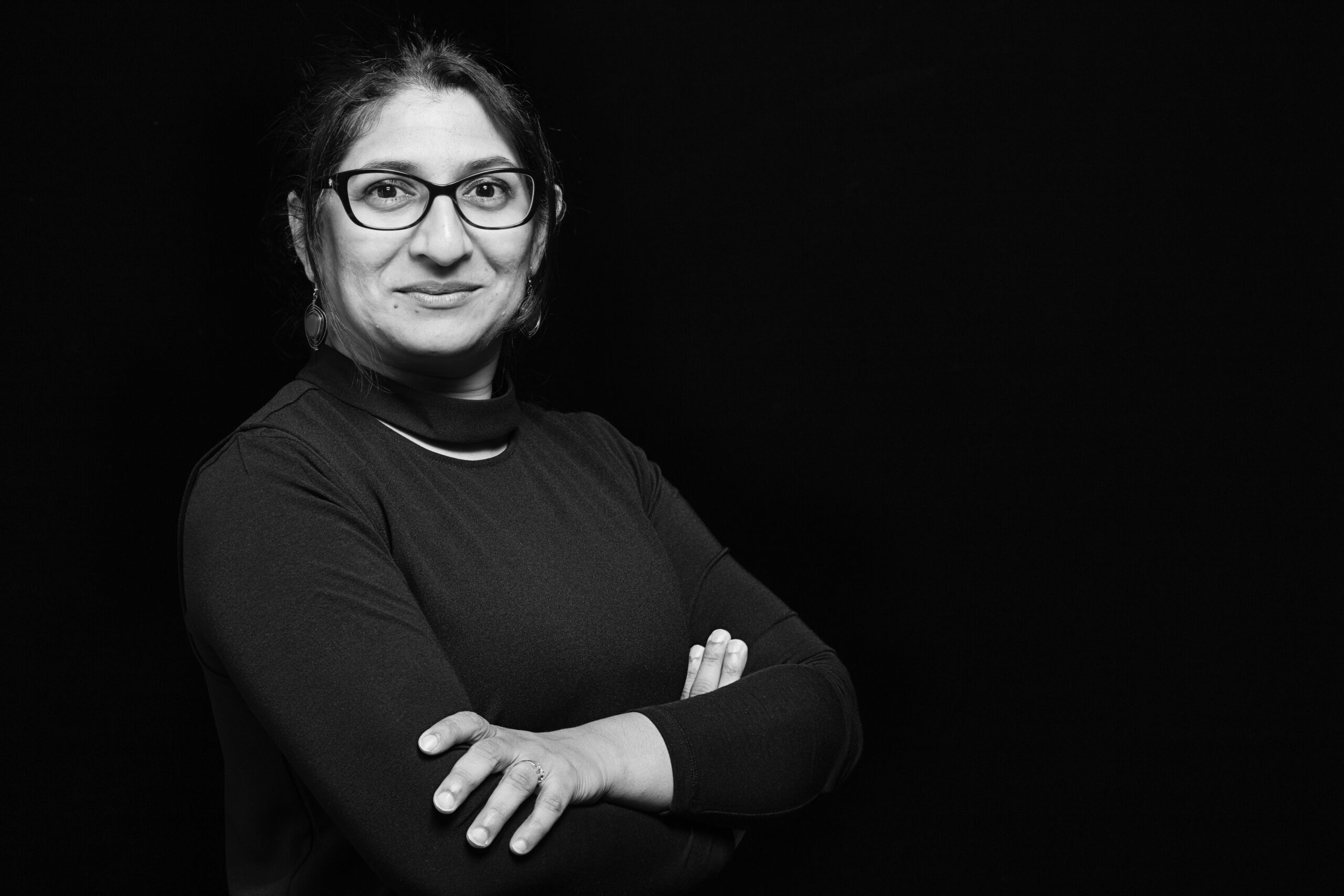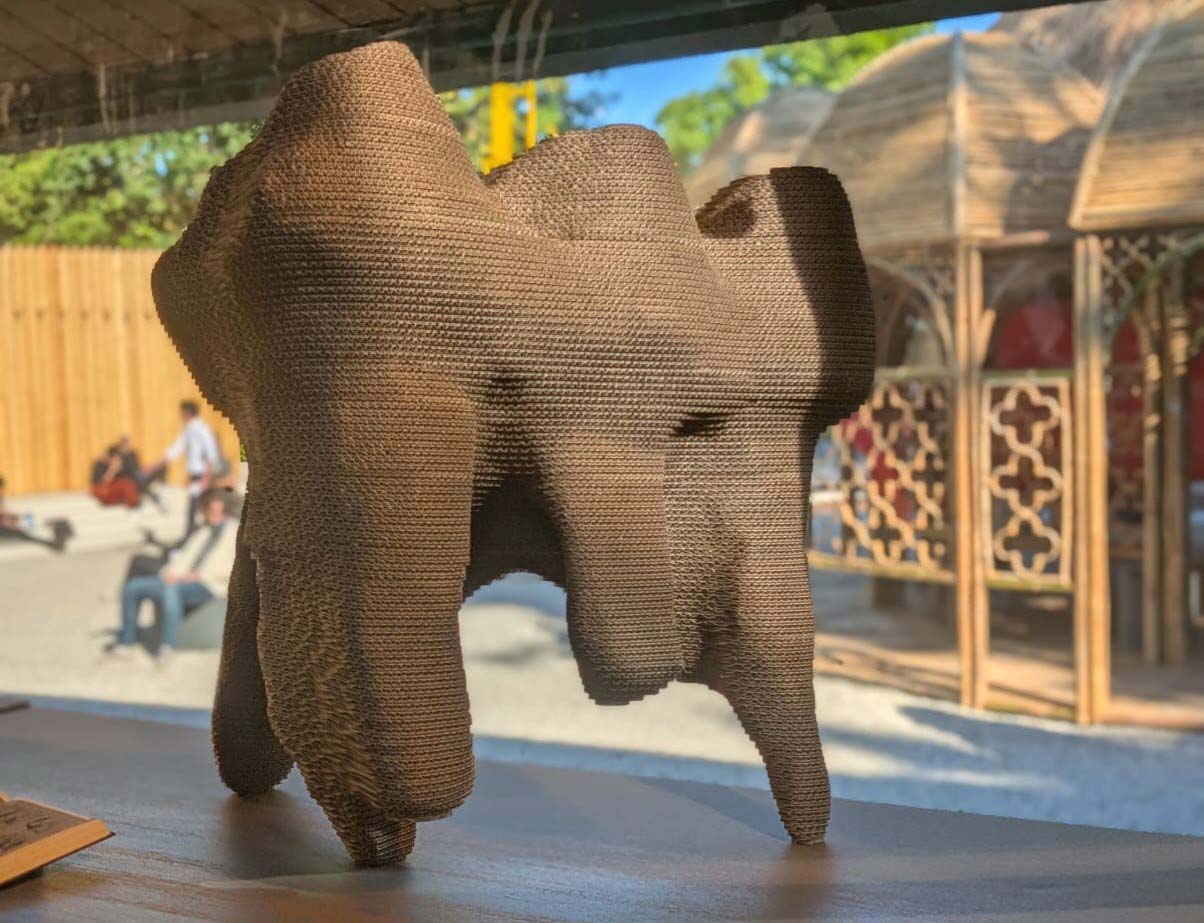Fast Company See Fellows' House in Detroit as Part of an Extensive Design Lab
Five Fellows: Full Scale is the culmination of the University of Michigan Taubman College of Architecture and Urban Planning’s 2009-2010 Architecture Fellows design and research work. In the fall of 2009 the fellows purchased a house in Detroit for their individual design research.
The Five Fellows are Ellie Abrons, A. Alfred Taubman Fellow; Meredith Miller, A. Alfred Taubman Fellow; Thomas Moran, William Muschenheim Fellow; Catie Newell, Willard A. Oberdick Fellow; and Rosalyne Shieh, A. Alfred Taubman Fellow. Their use of a Detroit home has sparked dialogue about the use of Detroit property and the city as a design lab. To read more about the fellowships and view additional coverage, click here.
The following article appeared on FastCompany.com May 27, 2010. To see the original piece, which includes several pictures, click here.
Young Architects Buy Detroit Home for $500, Turn It into Design Lab
By Suzanne LaBarre, FastCompany.com, May 27, 2010
The Motor City has 33,529 vacant houses. To most of the country, that’s 33,529 reasons to wring its hands over What To Do About Detroit. To architects, it’s a gold mine.
Five research fellows from the University of Michigan Taubman College of Architecture and Urban Planning transformed an abandoned house in Hamtramck (which is basically Detroit) into their very own lab rat. The recent architecture grads gave it new stairs, walls, glazing, rooms — the works. But it wasn’t some heroic attempt to build shelter for down and outs, which a lot of architecture schools are into these days. It was a pure design exercise — one aimed at rethinking the conventions of a single-family home — and it shows how much creativity you can draw from the great arsenal of Detroit’s ruins.
The fellows bought the house at a foreclosure auction for a whopping $500. It was literally a shell — no doors, no windows, no electricity, no plumbing, no stairs.
Meredith Miller gave the building a fancy new door. You can adjust it depending on how much privacy you want.
Ellie Abrons manipulated basic construction materials to turn the most boring parts of a house — floors, walls, ceilings — into a work of art.
In About-Face, Rosalyne Shieh cut a huge diagonal swath through the house, inserted fabric-wrapped stairs, and topped it off with a bubble skylight. There’s a blighted property next door, but once it’s torn down, the staircase will afford pleasant new views of the neighborhood.
Catie Newell stuck almost a thousand glass tubes (which look a lot like crack pipes) in the house’s garage for her project Weatherization (top and below). According to U of M’s Web site, it “utilizes the typical mediator of glass in an unusual configuration allowing for an altered understanding of volume and exchange.” That’s architecture-speak for “It does cool things with light.”
The house has been passed on to a Hamtramck design collective, which will take on further architectural “interventions.” It’s refreshing to see this sort of thing in a city practically defined by its failures (cars, crime, RoboCop 3). We’ve all heard the phrase “design loves a depression.” By that logic, Detroit should be a design utopia. And it’s had its moments.
But the city’s hemorrhaging people. The population has skinnied down from 1.85 million residents in 1950 to 951,270 in 2000 (a figure expected to slip further in the 2010 Census). So even though the landscape’s perfectly suited to a creative surge, the talent pool would rather create elsewhere. Who can blame them? Detroit, as we all know too well, doesn’t do utopia.









